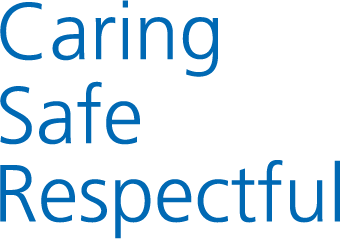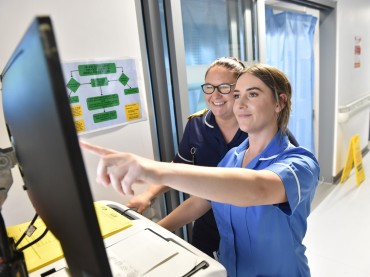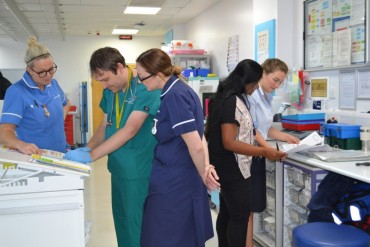Introduction
This booklet has been developed in order to support you following placement of a feeding tube. You may require a feeding tube for a number of differing reasons, such as an inability to swallow or to help you to meet nutritional needs when you cannot take sufficient by mouth.
There are numerous different types of tubes and it is essential you understand the type of tube you may have and how this should be used and cared for. The type of tube you have will influence how frequently it requires changing and how it should be cared for.
We are aware this PDF might not be accessible to all users. Read our accessibility statement to learn more.



